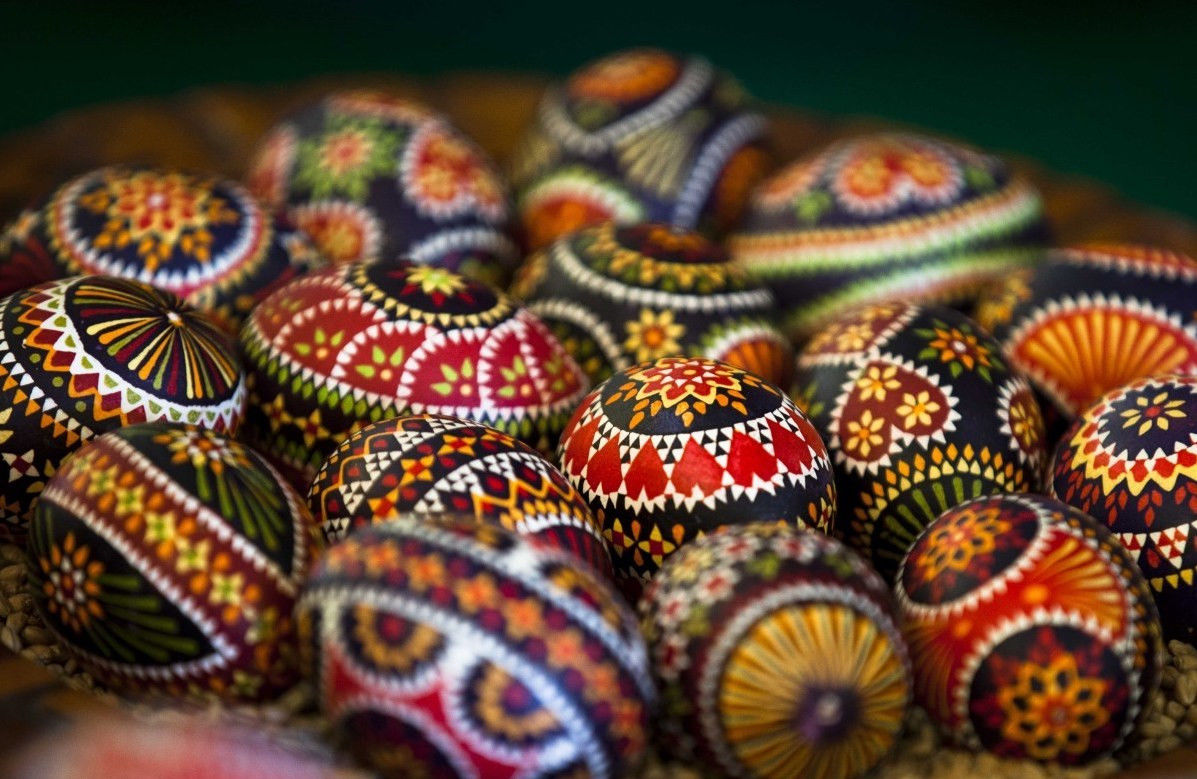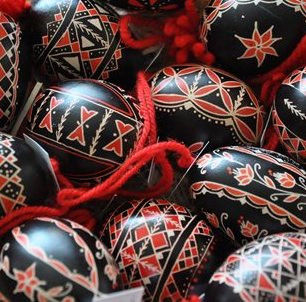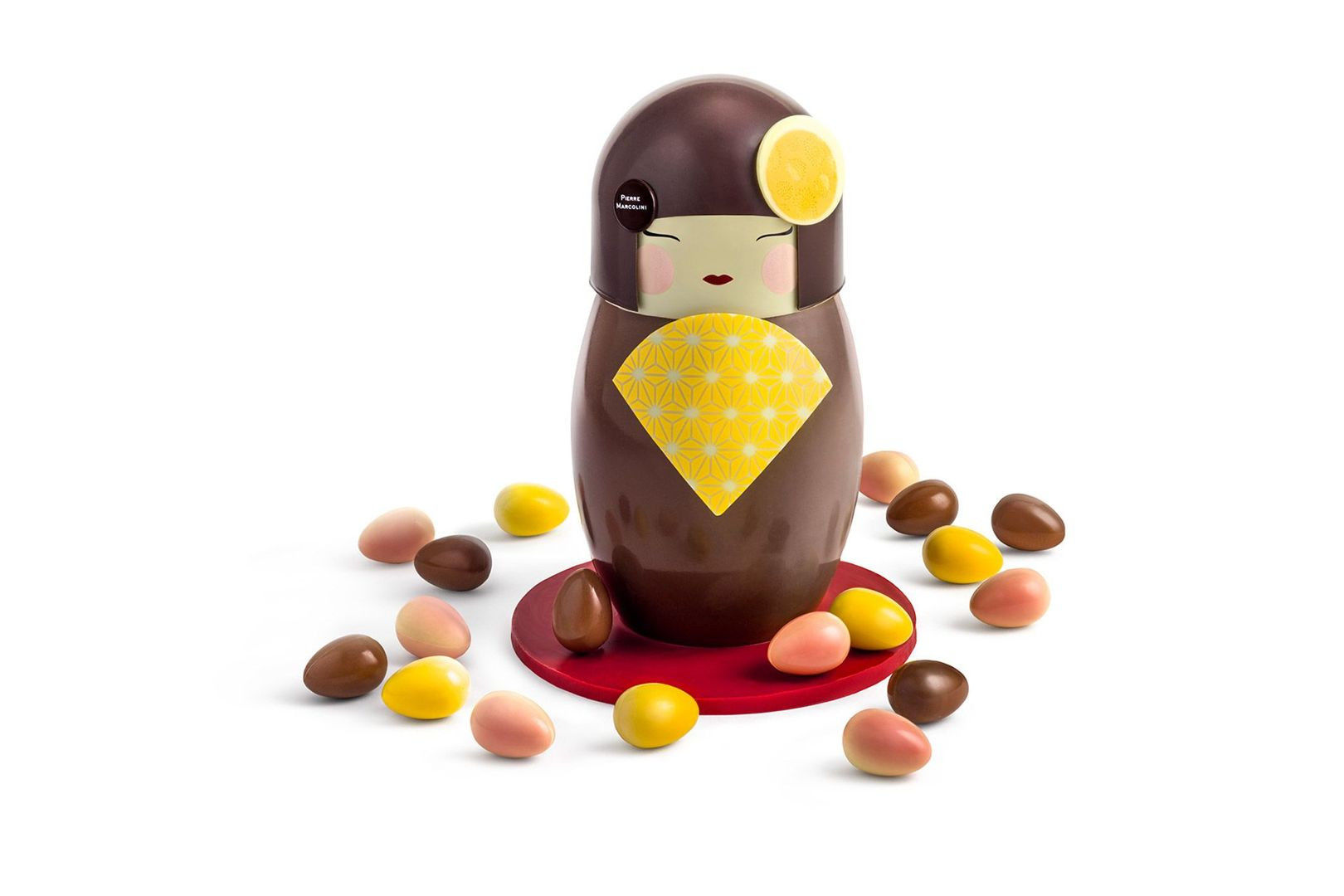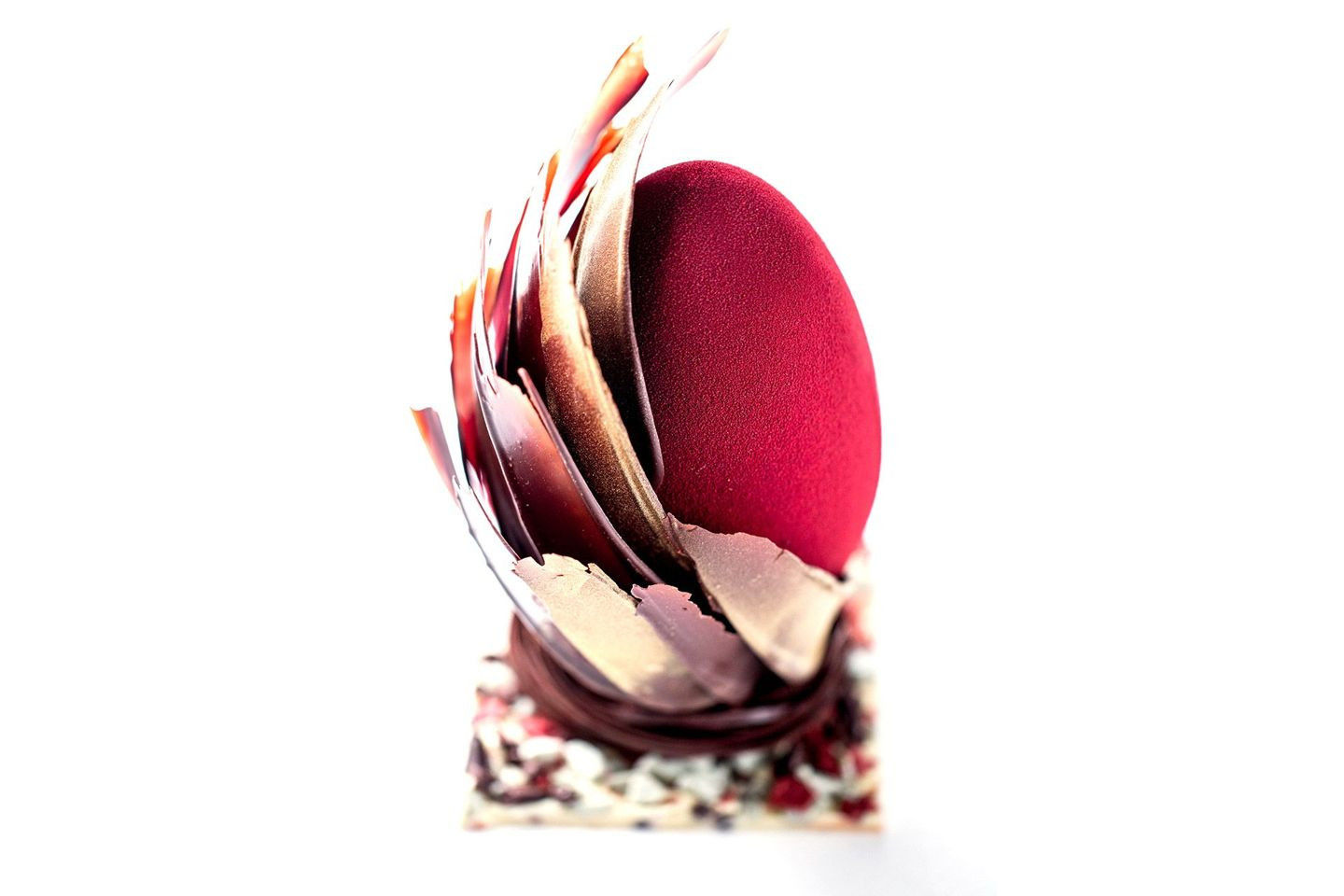The art of Easter Eggs: Symbolism and Tradition
Brightly coloured and chocolate eggs are integral to Easter celebrations today. In this article, we discuss the symbolism and folklorictraditions of Easter eggs and their decorations. Furthermore, we’ll be highlighting some beautifully decorated chocolate eggs and two interesting artworks.
In many cultures the egg is a traditional symbol for new life, fertility and rebirth, pre-dating the Christian era.
In Egyptian mythology, for example, the phoenix burns its nest to be reborn from the egg that was left later. With the rise of Christianity in Western Europe, the church adapted many pagan customs and the egg, as a symbol of new life, came to symbolise the Resurrection of Jesus Christ. Some Christians symbolically link cracking Easter eggs with the empty tomb of Jesus.
The custom of painting eggs is a significant tradition in the Orthodox and Eastern Catholic churches, where eggs are dyed red in order to commemorate the blood of Jesus Christ that was shed at his crucifixion.
1. Easter eggs are on display at a Sorb market in Schleife (Germany)
Many Slavic countries in Europe use Easter egg decorations as part of their folkloristic traditions. The Sorbs, a Slavic minority in Eastern Germany, honour a very special tradition of painting eggs. They are decorated with various colours and geometrical patterns, with each of the Sorbian families owning their own traditional design (fig. 1).
This centuries-old technique can be considered an artistic handicraft. In Slovenia, the geometrical designs of the eggs are characteristically painted in black and red. In that country, Easter eggs rank among the most popular souvenirs of the country throughout the year (fig. 2).
2. Slovenian Easter Eggs
In some remote parts of Eastern Europe it is still believed that the decorations bestow mystical powers on the egg. In former times, it was the women’s task to decorate the Easter eggs. In those days, men were not permitted to enter the house. It was believed that they could cause bad luck. Completely ornamented eggs, buried at the front door, would bring good fortune to the family. Therefore, decorated eggs revealed themselves as beloved gifts and treasured possessions.
3. The Hand Fan Doll by Pierre Marcolini
Chocolate Easter eggs were first made in Europe in the early 19th century, with France and Germany taking the first steps towards this new invention.
The production became more efficient with the development of a new technology by the famous Cadbury factory in England, which enabled manufacturers to make the chocolate flow into moulds, creating the characteristic hollow eggs we know today.
4. Bulgari Hotel's Nest Egg with its characteristic feather-like form
In addition, various exclusive chocolatiers specialised in crafting the most exquisite eggs, which are truly works of art.
Look, for example, at Pierre Marcolini’s Kawai Easter Collection 2017 (fig. 3), representing a chocolate Easter egg which has magically been transformed into a female Japanese doll. Miniature eggs, surrounding her, resemble shimmering pearls. Marcolini succeeded in creating a reality that is both beautiful and irresistible.
Bulgari Hotel's Nest Egg (fig. 4) also has an extraordinary design, featuring a distinctive feather-like form that stands out against a lovely red velvet finish. It has been made from 66% cacao dark chocolate.
6. France Grom, Illuminated Easter egg decoration.
When we search for more durable Easter eggs, it’s interesting to mention the Easter egg decorations by Franc Grom, inspired by traditional Slovenian design. Grom uses a small electric boring tool to poke thousands of tiny holes into the fragile shell in order to create complex geometrical designs or figurative images (fig. 6). It can take Grom, who has been creating the rare egg art for 18 years, months to complete just one egg that contains 2500 to 17000 tiny perforations. Several of Grom’s ornaments are up-lighted to emphasise the intricate designs.
7. Jeff Koons, Baroque Egg with Bow (Turquoise/Magenta), 1994-2008.
Finally, Jeff Koons' celebrated Baroque Egg with Bow (1994, fig. 7 is modelled after a chocolate Easter egg, packed in crumpled foil.
The sculpture is overwhelming to the viewer because of its monumental scale, the dazzling saturated colours and the carefully elaborated details of the loops and crinkles. Koons creates a work that appeals to a visual and a haptic experience, as the tactile rendering of the turquoise foil and magenta bow begs to be touched. It also has a sexual connotation due to the incredible scale and shimmering surface, transforming the everyday into something of a fetish. The present work is an excellent example of the artist choosing an ordinary, banal object and exalting it into a stunning piece of art.
Header image: Painted Easter eggs in traditional Sorbian motives at the annual Easter egg market on March 24, 2012 in Schleife, near Hoyerswerda, Germany.
More art in relation to eggs and easter? Have a look at Gallerease!!
Interested in the history of the famous Russian Fabergé eggs? Make sure to check out this article.







